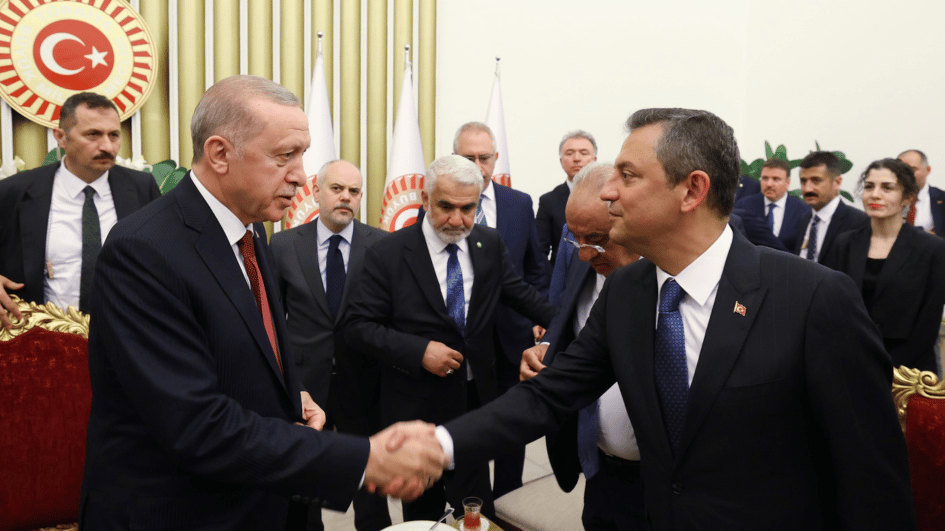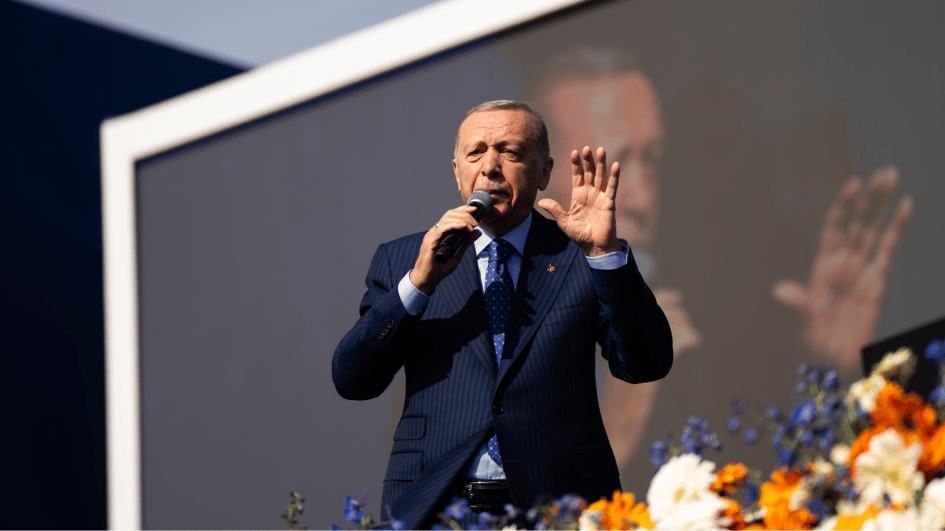Choppy waters surround Eastern Mediterranean gas prospects
JOHN ROBERTS*
Egypt’s discovery of the eastern Mediterranean’s biggest offshore gas field radically changes the outlook for development of one of the world’s most geopolitically fascinating energy provinces.Zohr, with an initial estimate of some 30 trillion cubic feet (TCF, close to one trillion cubic metres) of reserves, will certainly provide a major boost for Egypt, which has had to curtail natural gas exports because domestic demand has risen so sharply.
But the problem for its neighbours is that while it will certainly boost overall regional output it may well damage the prospects for regional exports. This paradox is due to the near-certainty that Egypt will use the field primarily to serve for its own rapidly growing and still largely subsidised export market. Any gas left over will then be available for export thus boosting the prospects for re-opening the currently closed Damietta and Idku gas liquefaction plants that used to supply Europe, and France in particular, with liquefied natural gas (LNG).
The country most affected by this is Israel, since, until the discovery of the 30 trillion cubic feet (tcf) Zohr in August, it had been assumed that of Israel’s own major offshore discoveries, the 10 tcf Tamar and the 20 tcf Leviathan field, both would be used by Egypt both domestically and as feedstock for processing at Idku and Damietta.
Israel says that it is still pursuing this approach, but the discovery of Zohr and the impending development of BP’s 1.5 tcf Atoll field in Egyptian waters, may reduce Egypt’s interest in the idea of importing Israeli gas, regardless of whether it is for domestic use or for re-export via the LNG plants. If so, then for the foreseeable future Israel’s gas will be confined to its own domestic market and to limited sales to Jordan and the Palestinian Authority.
Cyprus, which is still hoping to find more gas after the discovery of the relatively modest 4.54 tcf Aphrodite field in 2011, is now focussing on a twin track approach. The prime concern of the Cypriot Government, which controls the southern regions of the island, is to get the gas ashore so that it can start to substitute its own gas for expensively imported fuel oil at its power stations. The other is to see whether a pipeline might be built to connect Aphrodite to Egypt’s offshore gas gathering system so that it could be sold directly to Egypt, or made available for indirect export through processing into LNG at Idku or Damietta. This approach was discussed in high level Egyptian-Cypriot talks in October.
Both Israel and Cyprus have suffered from getting their timing wrong. In the year or so after Aphrodite’s discovery, Israel was seeking to evaluate just how much could be allowed to go for export. At this stage, the government wanted to ensure the retention of most of the gas for prospective domestic use. This was considered crucial since Israel had suffered grievously from reliance on Egyptian gas imports, a policy which proved unwise when the lines carrying that gas were repeatedly bombed and put out of action by militant groups operating in northern Sinai, the forerunners of the Daesh franchise now widely considered responsible for the destruction of the Russian airliner that exploded after leaving the resort of Sharm el Sheikh on October 31.
The Israeli Government’s restrictions on the amount of gas that was to be made available for export have already caused one major prospective investor, Australia’s Woodside, to lose interest. And since Woodside had the expertise for developing offshore LNG gasification facilities, together with the recent decline in international gas prices, this meant that Israel has had to start again in thinking just how it might develop gas exports. This also helps to explain why Noble Energy, the principal foreign investor in the group of companies that found Tamar, Leviathan and a cluster of smaller fields (and which is also the leader of the consortium that found Aphrodite), is contemplating legal action against the Israeli Government, on possible charges that it caused overlong delays to the development of Leviathan.
If so, then not only would Noble potentially be seeking billions of dollars in damages, but the field’s development would likely be put on hold pending the outcome of hearings before the International Chamber of Commerce’s (ICC) International Court of Arbitration, a process that could take several years.
But, until the question of any court case is settled, further development of Israel’s biggest field will be limited and long- or even middle-distance export prospects put firmly on hold. Despite hopes that some 4.5 bcm/y of gas from Tamar can be sold to Spain’s Union Fenosa, which operates the Damietta LNG plant, for processing and sale as LNG to European customers, it is hard to see how export volumes of this scale can be squared with the Israeli Government’s determination to secure guaranteed supplies for the Israeli domestic market and its largely political desire to provide basic levels of gas to Jordan and the Palestinians.
As for Turkey, for the time being it has to sit on the side lines and await further developments. In purely commercial terms, the coastal cities and industrial zones of southern Turkey remain the obvious market for whatever gas in the eastern Mediterranean should became available for export by pipeline. Moreover, exporting to Turkey by pipeline is simply impossible unless the Cyprus problem is solved since any line connecting the Israeli fields would have to pass through waters that lie within Cyprus’ Exclusive Economic Zone.
As for Cyprus, it faces an odd conundrum. Israeli officials believe the Aphrodite field extends into Israeli waters. If so, this would indicate that Aphrodite is somewhat larger than previously thought. However, actual field development would require a unitisation agreement between Cyprus and Israel to tackle the issue of how much gas each should get from the field. And while the two countries have settled their maritime boundary, they have yet to conclude a unitisation agreement.
Yet there are grounds for hope. There are serious ongoing efforts to end the partition of Cyprus. The leaders of the Greek Cypriot and Turkish Cypriot communities, President Nicos Anastasiades of the Government of Cyprus and Mustafa Akıncı, who heads the generally unrecognised self-proclaimed Turkish Republic of Northern Cyprus, enjoy good personal relations. But perhaps the most significant factor is that Mr. Akıncı, from his time as Mayor of the Turkish sector of Nicosia, has a striking record in achieving cooperation in practical matters concerning the provision of sewerage and electricity across the Green Line that divides the two communities.
Should the Greek Cypriots succeed in persuading Noble to start bring the gas from Aphrodite onshore in the next year or two, it would improve the island’s energy balance – and its environment – significantly. And since the leaders of both communities have pledged that offshore energy will be used to develop the island as a whole, some of the electricity generated from Aphrodite’s gas will likely flow to the north.
With northern Cyprus now receiving water by pipeline from southern Turkey, perhaps it is not too fanciful to see water flowing south and electricity flowing north as elements in a renewed effort to build bridges between the two communities and, ultimately, to end the partition of Cyprus.
*John Roberts is a Nonresident Senior Fellow with the Atlantic Council’s Dinu Patriciu Eurasia Center.
















